Search
Search Results

Definition
Germ Theory
The germ theory, which emerged in the late 19th century, demonstrated that microscopic germs caused most human infectious diseases. The germs involved included bacteria, viruses, fungi, protozoa, and prions. Louis Pasteur (1822-1895), a French...
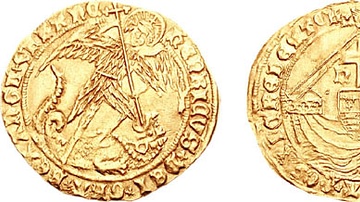
Definition
King's Evil
The king’s evil (from the Latin morbus regius meaning royal sickness), more commonly known as scrofula or medically tuberculous lymphadenitis, was a skin disease believed to be cured by the touch of the monarch as part of their inherited...
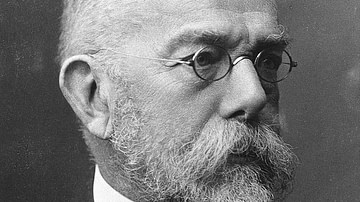
Image
Robert Koch
Portrait of Robert Koch (1843-1910), published in 1907 in Les Prix Nobel.
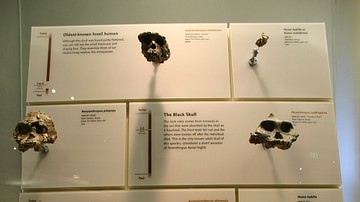
Image
Hominin Skulls
Wall of hominin skulls on display in the David H. Koch Hall of Human Origins at the Smithsonian Natural History Museum. They were all found in Africa. Left to right, from the top: Sahelanthropus tchadensis, Homo habilis or Homo rudolfensis...
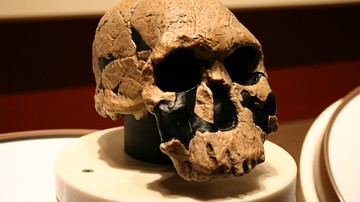
Image
Homo Rudolfensis Skull (KNM-ER 1470)
Cast of the skull (KNM-ER 1470) of Homo rudolfensis. The original specimen was found at Koobi Fora in Kenya by Bernard Ngeneo (a member of Richard Leakey's team) in 1972. The skull is c. 2 million years old. David H. Koch Hall of Human...
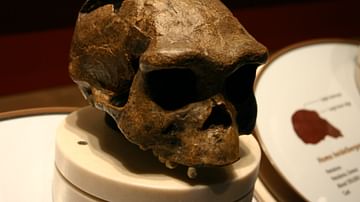
Image
Homo Erectus Skull Cast from Java, Indonesia
Cast of Homo erectus skull Sangiran 17 found at Sangiran, Java, Indonesia. It is around 1 million years old and is on display at the David H. Koch Hall of Human Origins at the Smithsonian Natural History Museum.
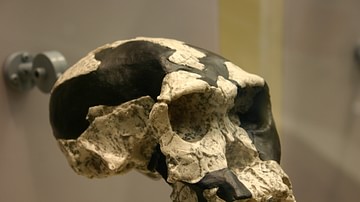
Image
Homo Habilis Skull
Skull of Homo habilis, displayed in the David H. Koch Hall of Human Origins at the Smithsonian Natural History Museum.
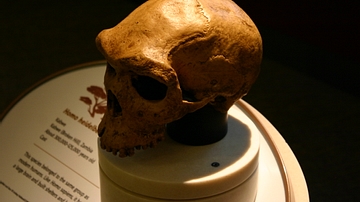
Image
Homo Heidelbergensis Skull
Replica of a Homo heidelbergensis skull on display at the David H. Koch Hall of Human Origins at the Smithsonian Natural History Museum in Washington, D.C.
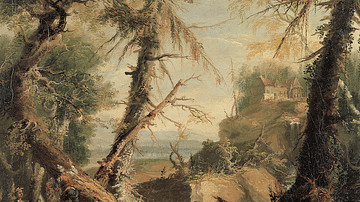
Image
Idealized Wilderness by Caspar Wolf
Caspar Wolf (1735–1783), Romantische Waldlandschaft mit drei Figuren, die eine Felszunge besteigen, 1769, Oil on canvas. Exhibited as part of the 2022 exhibition In the Forest - A Cultural History in the Swiss National Museum, Zürich...
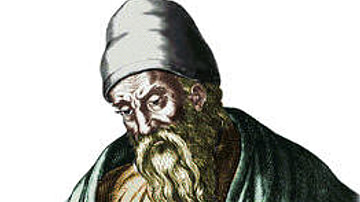
Definition
Euclid
Euclid of Alexandria (lived c. 300 BCE) systematized ancient Greek and Near Eastern mathematics and geometry. He wrote The Elements, the most widely used mathematics and geometry textbook in history. Older books sometimes confuse him with...